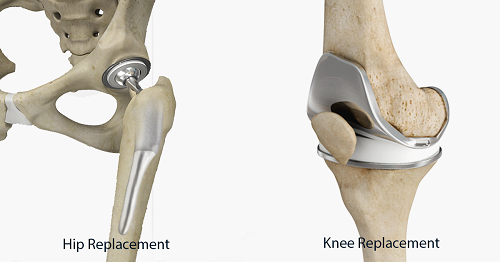
The Holidays have finally arrived, and that means it’s time to break out our carving tools. Luckily we only use these carving tools a few times a year. However, that means many of us are out of practice which leaves us more susceptible to injury.
The American Society for Surgery of the Hand reports that over 88% of Americans eat turkey on Thanksgiving, and that means A LOT of carving!
If you plan on being the Thanksgiving star this year by carving up the bird, help protect against injuries to your hand by following these simple safety tips…
Never Cut Towards Yourself
Your free hand should always be safely placed OPPOSITE the side that you are cutting towards. In other words, always keep both hands and your body out of the path of your cut.
Avoid placing your hand underneath the blade to catch the slice of meat
All of your surroundings should be dry! Your hands, your knife handles, your cutting board, as well as your surrounding cutting area or countertop. This helps avoid slips and slides that result in an injury! Everything should be dry… except your turkey! (haha)
Make sure your tools are sharp
This might sound silly, but using dull tools requires you to use more force to cut through your turkey. This makes you more likely to rip through or slip & slide around, cutting yourself. Sharp tools glide more easily through your meats.
Keep everything in your work space clean and dry
All of your surroundings should be dry! Your hands, your knife handles, your cutting board, as well as your surrounding cutting area or countertop. This helps avoid slips and slides that result in an injury! Everything should be dry… except your turkey! (haha)
Avoid using a knife to cut through bones
We all love to use the bones for either broth or making gravy. Try using your kitchen scissors instead. This is what kitchen scissors are designed for. They make the job both easier for you and more safe for your hands.
If you do have a turkey carving accident… Clean and keep continuous pressure on the wound. Seek immediate medical help if you are unable to stop the bleeding, you are unsure of your Tetanus status, or you are unable to thoroughly cleanse the wound. We often take advantage of our hands, don’t forget how important they are to your everyday life! We use them as our primary tools for exploring the world; an injury can permanently impact your home and work life. Please be safe this season.
Keep Reading…
Preoperative Physical Therapy: How to decrease cost
“Health-care costs following acute hospital care have been identified as a major contributor to regional variation in Medicare spending” (Snow et al., 2014)
Physical Therapy: Early and Frequent Mobility
The phrase “early and frequent mobility” is being used all across the medical field, from a health and wellness point of view, to patient care in ICU. For many years physical therapists have promoted this treatment strategy. Physical therapists can provide interventions to improve patient quality of life through all stages of healing; acute, subacute and chronic. Why wait until the chronic stage of an injury to get treatment, “current evidence suggests
Lumbar disc herniations: Spontaneous healing and the accuracy of MRI

Magnetic resonance imaging, more commonly known as MRI, can be a valuable and important tool but how reliable is it? MRI’s are utilized by many physicians in the diagnosis and management of musculoskeletal injuries. An important thing to keep in mind is that
Exploring the New Era of Personalized Functional Nutrition
What if you could send messages and instructions to help repair and heal your cells by the foods that you eat? And what if through dietary and lifestyle changes you could decrease and alleviate many of your chronic symptoms and need for medications? A personalized functional nutrition plan constitutes a foundation






